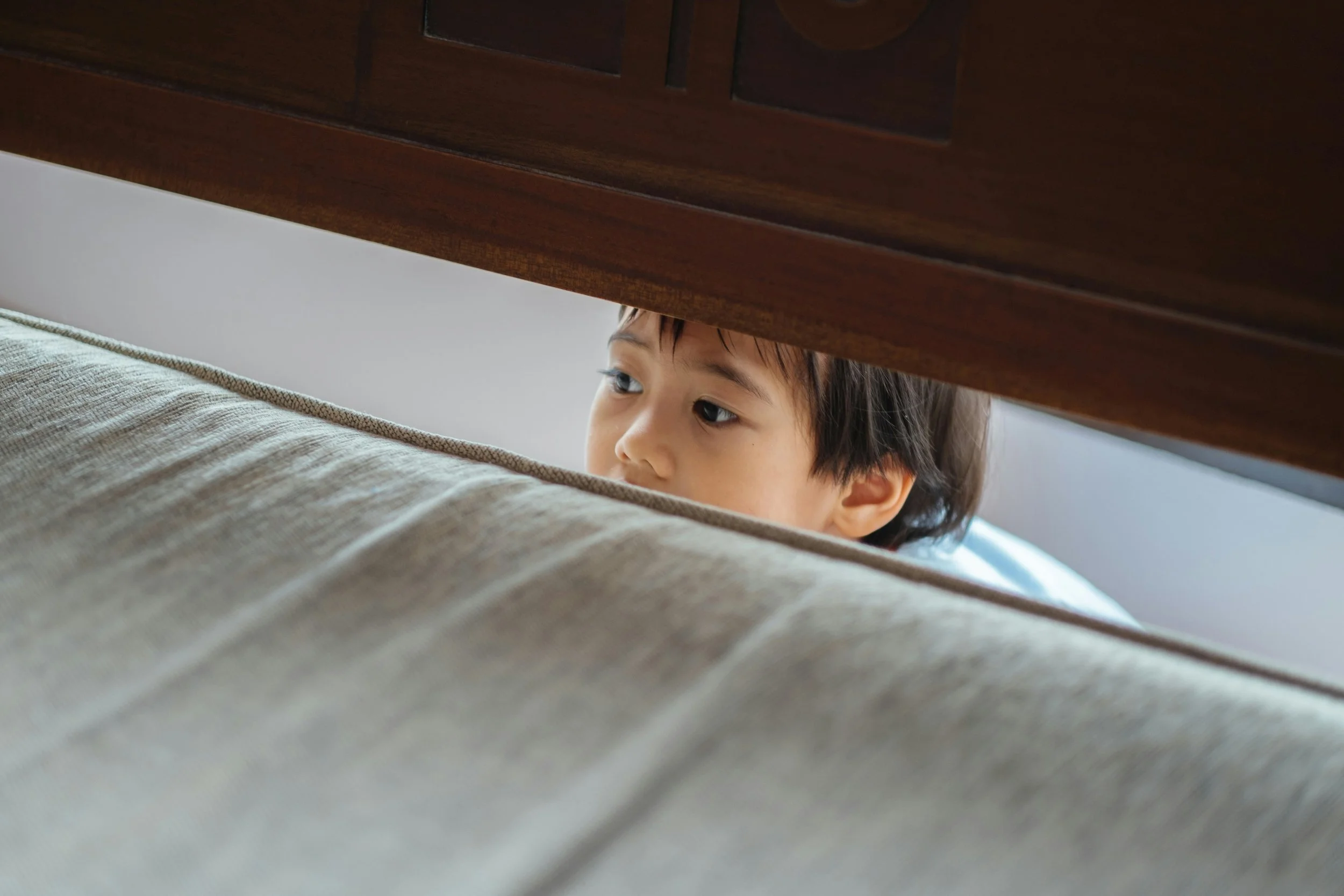Everyone experiences anxiety at times.
Panic is the word used to describe having very high levels of anxiety.
Children/young people experience panic may have symptoms that include sweating, feeling short of breath, dizziness, having chills or heat sensations, and feeling like their heart is pounding very quickly.
They are often accompanied by a fear of losing control, going mad, or dying.





